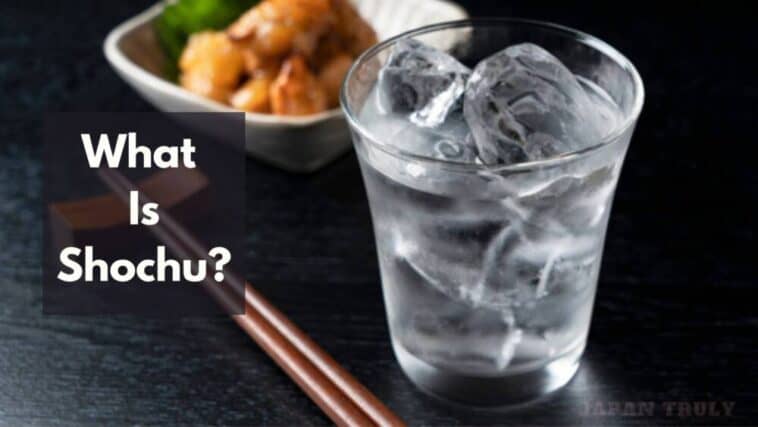Shochu is an alcoholic beverage that is unique to Japan, and each region has its own variation of the drink. It is similar to sake – a rice-based alcoholic beverage – but there are subtle differences that make this drink stand out.
In this article, we explore What is shochu and its two main types, Honkaku Shochu, and Korui Shochu, as well as Satsuma shochu.
Discover the difference between shochu and sake and the history of shochu and how to make it. Learn all the details you need to understand shochu, a traditional drink that is becoming more popular each day.
Page Contents
What Is Shochu
Shochu is a type of distilled spirit made from ingredients such as sweet potato, barley, rice, and even buckwheat, and it can range from very mild and mellow to bone-dry and robust.
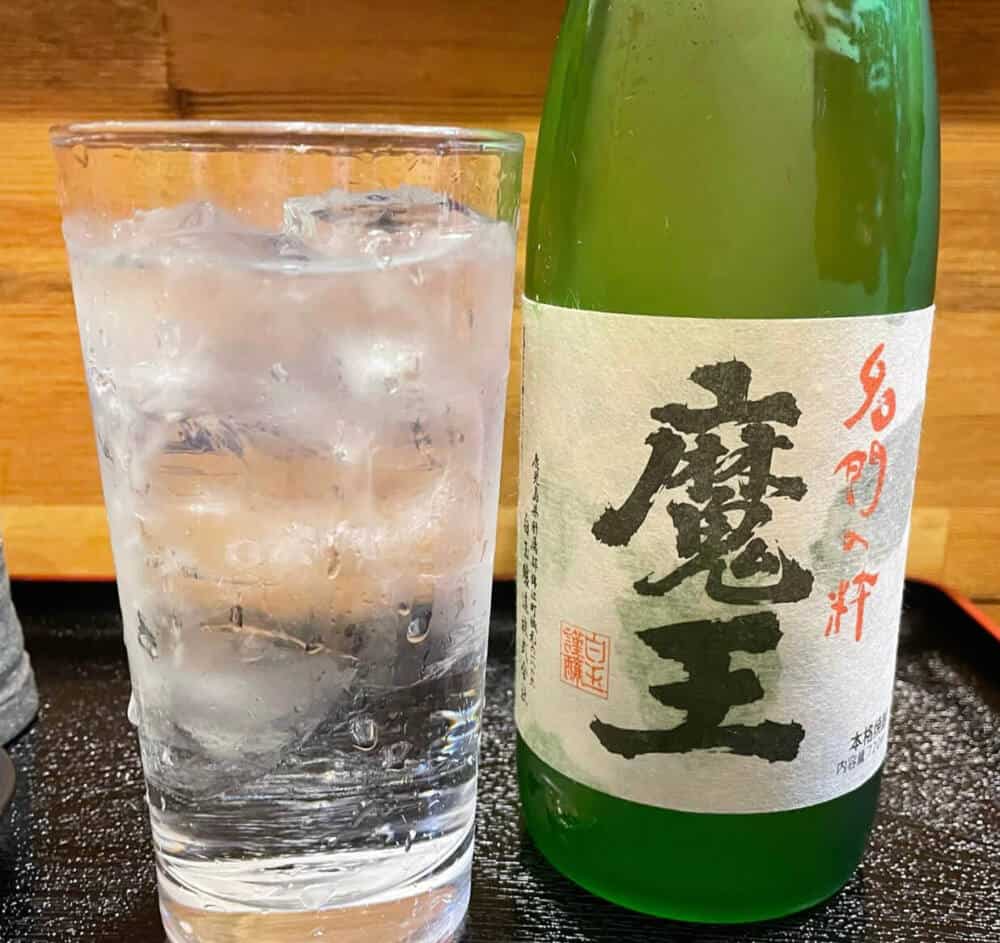

Shochu, an often misunderstood yet increasingly popular spirit native to Japan, has been around for centuries and is making waves in the global bar scene.
At its heart, shochu is essentially an alcoholic beverage similar in taste and sensation to sake, but with a few key differences.
The major distinction is that shochu is distilled, while sake is brewed. Shochu is typically made through a two-step process including multiple distillations, while sake is made through fermentation.
In Japan, there are two main types of shochu, Honkaku and Korui. Honkaku shochu is sometimes referred to as “authentic” shochu and it is characterized by its distinct aroma, full-flavored taste, and sweet finish.
Korui shochu, on the other hand, is characterized by its double distillation process and its smoother taste.
Satsuma Shochu is a type of shochu from Kagoshima that has the most distinct flavor and aroma.
The history of shochu dates back hundreds of years to the 16th century and the island of Kyushu. The spirit has been around for generations, but it’s only in recent years that it has gained international recognition.
Shochu can be made from a range of ingredients with endless flavor possibilities, so the possibilities are endless.
Current trends are towards using local and unique ingredients, such as sweet potatoes and other seasonal fruits, to create unique, complex flavor profiles.
Making shochu is a long and delicate process, with various distillation and aging techniques used depending on the ingredients selected. The end result is a deliciously smooth yet punchy spirit that is perfect for sipping or mixing in cocktails.
So, next time you’re looking to try something different, why not give shochu a try? You’ll be surprised by its unique flavor, complex and delicate characteristics, and long and interesting history.
Types of Shochu
Shochu is an alcoholic beverage that has a history in Japan stretching back over 400 years. There are two main styles of Shochu; Honkaku and Korui.
Honkaku Shochu
Honkaku Shochu is made from single grains or fermentation ingredients such as koji, barley, sweet potato, rice, or brown sugar and is usually undiluted.
Korui Shochu
Korui Shochu mixes two or more of these shochu ingredients together and it is usually distilled.
Satsuma Shochu
One of the most popular types of Shochu is Satsuma Shochu, made in the Saitama Prefecture of Japan. This type of Shochu has a smooth, sweet flavor with a pleasant nose and mellow taste.
It is especially popular among the locals of Saitama who have been making it for centuries.
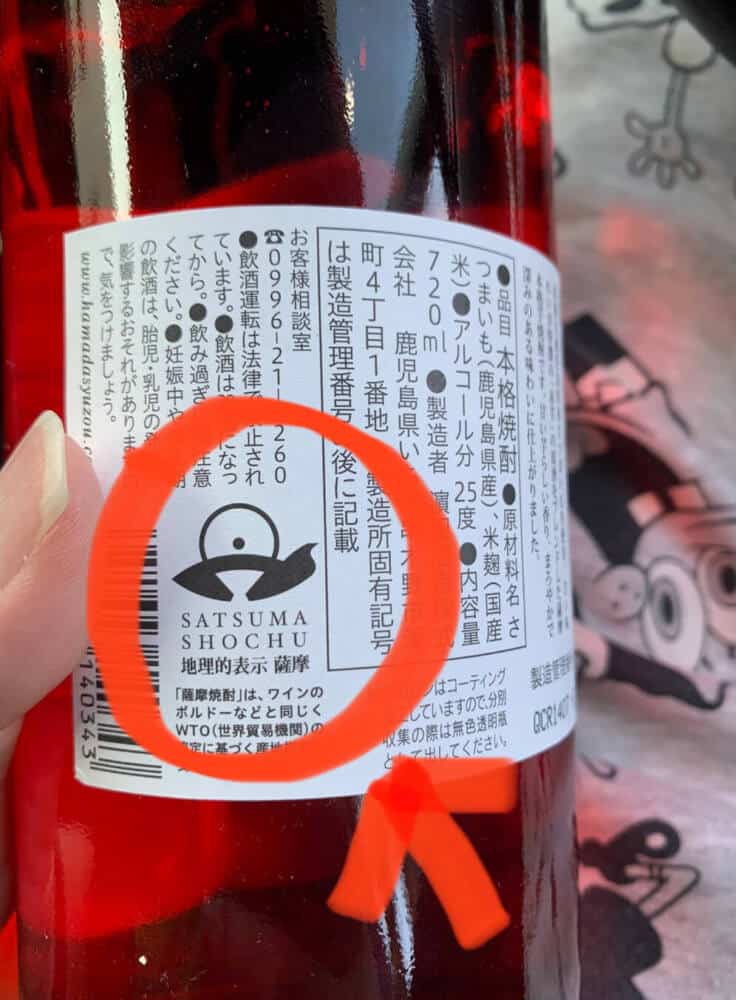
Kome Shochu
Another type of Shochu is Kome Shochu, which is similar to Satsuma Shochu but uses rice as the main ingredient. Kome Shochu has a light, dry flavor with its sweet aroma. This type of Shochu is often served in chilled glasses, with a slice of fruit or a twist of citrus on the side.
It is important to note that Shochu is different from sake in that it is distilled, giving it a higher alcohol content.
The history of Shochu is rooted in a variety of fermentation processes, although its most common form is still made with traditional methods.
To create Shochu, the same type of ingredient is soaked in water and then fermented with koji, before being distilled and aged in cedar casks.
The complexity and range of flavors that can be found in Shochu make it a popular drink in Japan and a welcomed addition to international tables.
Whether you prefer the sweetness of Satsuma Shochu or the light, dry flavor of Kome Shochu, you can find something to suit your taste.
So why not take the time to explore the wide variety of Shochu styles and expand your palette?
- Related: Most Popular Japanese Beer Brands!
How is Sake Different from Shochu?
The conversation on tabletop beverages in Japan often leads to the differences between sake and shochu, two traditional drinks that could be mistaken as one.
There are several interesting points to consider in order to fully understand their distinctions.
To start, shochu is a distilled spirit made from various ingredients such as sweet potato, buckwheat, and barley.
Contrarily, sake is brewed much like beer and its main ingredients are steamed rice and water. It is also important to note that shochu is typically stronger, clocking in at about 25% alcohol by volume, whereas sake is about 15%.
When it comes to flavor, Satsuma Shochu has a dry, light taste due to its slow distillation process, though it can also be aged which adds to the boldness of its flavor.
Honkaku Shochu is usually made with only one type of ingredient and has a more complex taste, while Korui Shochu has more of a bland and earthy flavor.
Sake in comparison can come in a variety of styles, though it is often described as sweet and floral.
Shochu has a much longer history in Japan. It was first brewed in the 15th century, while sake didn’t become popular until the 18th century.
Currently, both drinks are produced in different regions of the country, but traditional brewers greatly outnumber those making the mass-produced shochu commonly found in grocery stores.
All in all, though not identical, sake and shochu are both traditional Japanese beverages that have similar production processes but reach different results in terms of taste and strength.
How Shochu Is Made
Shochu is a type of Japanese distilled spirit, made from a range of base ingredients including wheat, barley, brown rice, sweet potato, and rice.
The process of making shochu differs from sake, as it requires a base ingredient to be taxed, double-distilled, or subjected to continuous distillation, depending on the type.
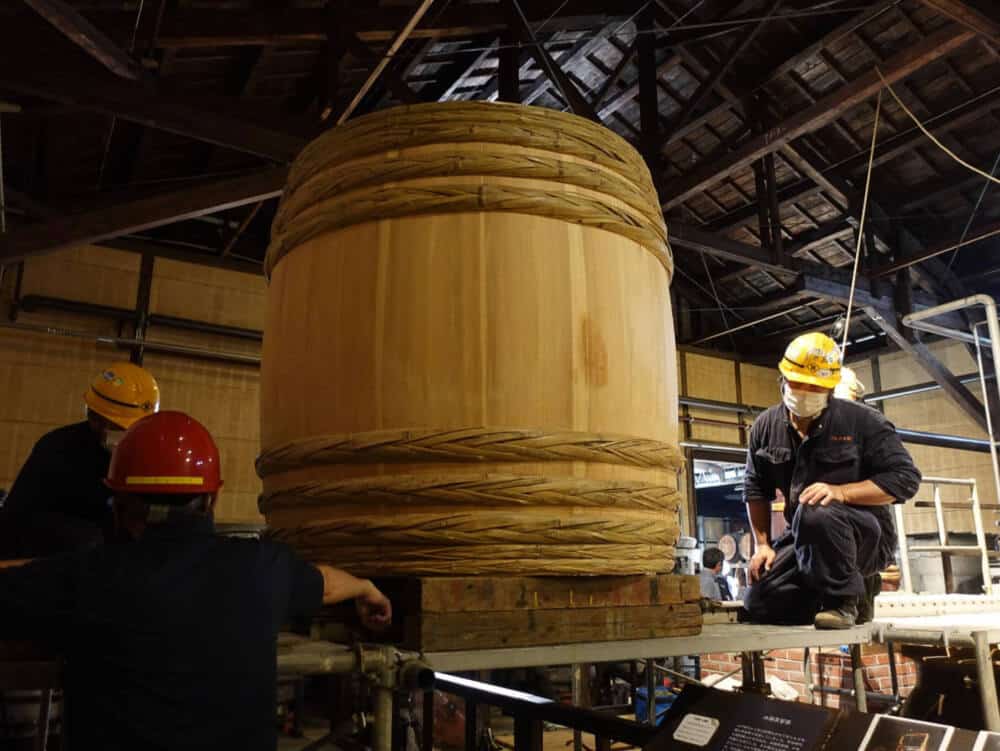
Honkaku shochu is made from a single distilled process from one specific base ingredient.
Korui shochu, on the other hand, is made from a double-distilled process, which creates a mellow, milder flavor.
Satsuma shochu, a popular variety in Okinawa, is made from sweet potatoes, known locally as ‘imo’.
Typically, rice and barley are mixed with sweet potatoes to make a mashing. Yeast is then added, and the mixture is allowed to ferment in a large tank. Then, the resulting mash is double distilled and the alcohol content is adjusted to 25–35%.
Shochu is believed to have been developed in the 1500s by distilling the liquid ‘kurōzu,’ (a liquid naturally made from tart alcohol and continuous fermentation of rice) into a concentrated form.
As its popularity grew, the process of making shochu spread throughout the country, resulting in each region developing its own distinctive style and flavors.
Today, the process of making shochu is highly respected in Japan, with craftworkers honing their skills to create the perfect blend of flavor.
These craftworkers take pride in their product and are passionate about carrying on the traditions of shochu-making for generations to come.
Serving and Drinking Shochu
Shochu is an alcoholic beverage that has been enjoyed in Japan for centuries and is gaining increased popularity around the world. It can be enjoyed in many different ways and its versatility as a spirit allows it to be served and consumed in a variety of ways.
The primary way to serve and drink shochu is to enjoy it on the rocks. This is when the spirit is poured over a few ice cubes and then sipped slowly.
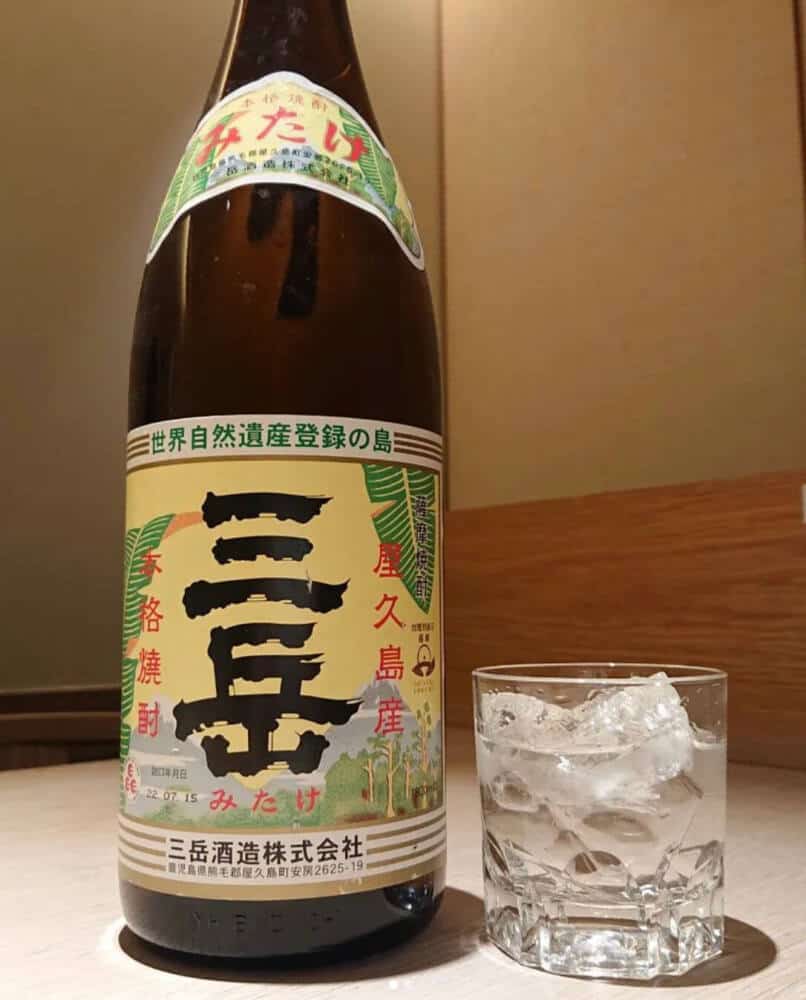
Alternatively, simply pouring shochu over ice is an equally delicious way to enjoy the beverage.
Shochu can also be enjoyed neat, straight from the bottle. This allows the essence of the shochu to be fully appreciated, without any dilution from ice or other ingredients.
For a more complex flavor, shochu can be mixed with other ingredients such as citrus juices, ginger ale, and soda water.
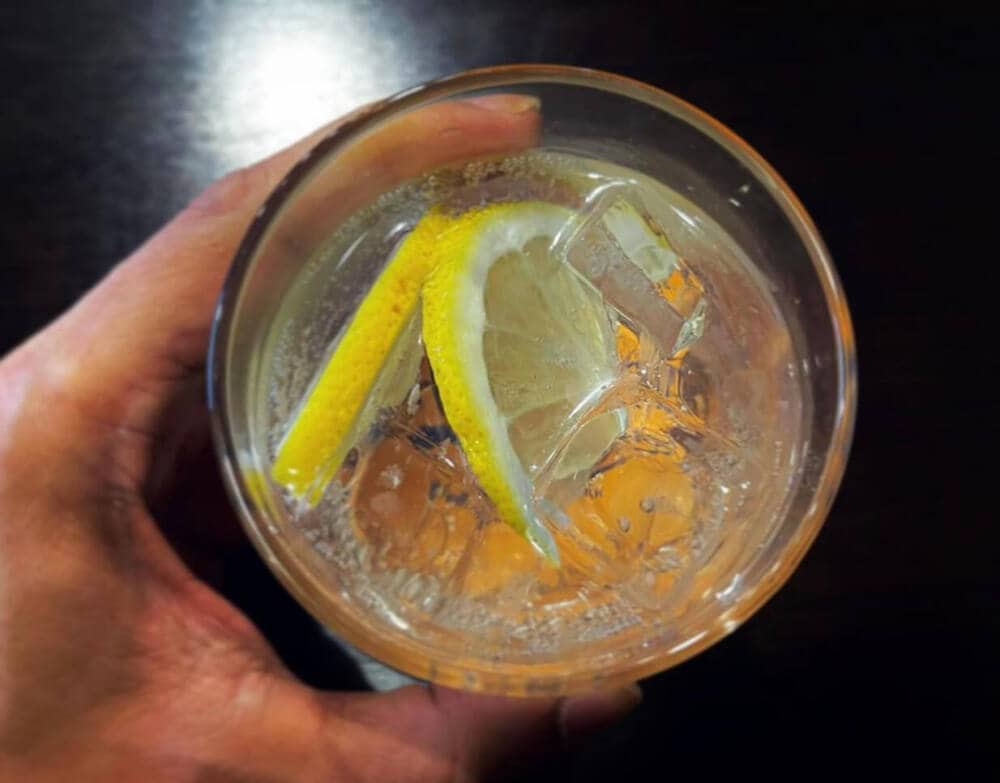
This is a popular way to enjoy shochu and it allows for endless experimentation with flavors.
If you would like to enjoy a cocktail, there are many recipes available featuring shochu as the base spirit.
Alternatively, you can try exploring and creating your own unique concoction.
Each type of shochu can be enjoyed in its own unique way. While the Honkaku and Korui styles are traditionally enjoyed neat or on the rocks, the Satsuma style shochu can be enjoyed in any of the above ways or warmed up like sake.
Shochu is a versatile and delicious beverage that is sure to enhance any social gathering.
Whether served neat, on the rocks, or in a cocktail, there is sure to be something for everyone to enjoy.
Get experimental, explore, and discover the world of shochu for yourself!
Flavor and Aroma Profiles of Shochu
Shochu is an alcoholic beverage that has been distilled from grains or sweet potatoes in Japan since the 16th century.
It can vary in strength and flavor, making it popular across many different alcohol palates. But what exactly is it? Let’s look at the flavor and aroma profiles of some main types of shochu.
Honkaku Shochu is known for its single-distillation process and is often made with barley, buckwheat, rice, and sweet potatoes.
Its pot-distillation process creates a richer and smoother flavor than mass-produced shochu.
This type of shochu usually has a mild and sweet scent that pleases the nose and a malty and slightly fruity taste that lingers on the tongue.
Korui Shochu, also known as diluted shochu, goes through a multiple-distillation process.
Each distillation removes impurities from the mash and helps create a lighter, more refined taste.
Its aroma is mild and clean, with an earthy and earthy-sweet flavor. It pairs well with cocktails, making it a great beverage for mixed drinks.
Satsuma Shochu is made from sweet potatoes and is a very popular type of Japanese shochu.
It’s brewed in a traditional style and has a distinct smoky, earthy taste with floral notes on the finish.
It’s a great choice for those who love a more full-bodied drink but still want something smooth and mellow.
It is clear there is much to explore and discover when it comes to shochu’s many flavors and aromas. It is sure to appeal to a vast array of drinker preferences, no matter where one looks.
With its centuries-old brewing process, shochu has a strong history and continues to be a beloved beverage in Japan.
All in all, shochu is an amazing drink that everyone should experience.
Health Benefits of Shochu
Shochu is an increasingly popular drink originating from Japan that is growing in popularity amongst health-conscious consumers.
With its wide variety of flavors and potential health benefits, it is no wonder why more people are opting for shochu over other alcoholic beverages.
In this section, we will explore the potential health benefits of shochu.
- Honkaku Shochu is the original, authentic version of the drink that is made from ingredients such as barley, sweet potatoes, and rice. The long fermentation process allows for the drink to preserve its essential nutrients.
- In comparison to Korui Shochu, a distilled version, Honkaku Shochu contains more complex flavors and preserves more essential nutrients such as fiber, iron, and vitamins A and B.
- Although it is still an alcoholic drink, it is less caloric than sake, so it provides fewer calories per serving.
- Satsuma Shochu is made from sweet potatoes, giving it a sweeter flavor than other types of Shochu.
- Therefore it is a great drink choice for those wanting to watch their calorie and sugar intake as it is far lower in these than other types of alcoholic drinks.
- Additionally, due to its complex manufacturing process, Satsuma Shochu also contains essential minerals such as potassium and calcium.
- In addition to the essential nutrients, Shochu has been used for centuries for its medicinal purposes.
- It is believed that the shochu strengthens the immune system, as well as helps to cleanse the system of toxins.
For those looking for an alternative to traditional alcohol, Shochu offers many benefits without sacrificing flavor.
With its versatile flavor palette and potential health benefits, it’s no wonder Shochu is an increasingly popular drink choice.
So, why not give Shochu a chance and sample some of this traditional drink for yourself?
Conclusion
In a nutshell, Shochu is a traditional alcoholic beverage that has been produced in Japan for centuries.
It is similar to sake and is considered a type of ‘honkaku shochu’ or ‘Korui shochu’ but there are important differences between them.
In particular, the way that shochu is made and its history are unique. Considered one of the oldest alcoholic drinks in Japan, it can be traced back to the early days of the Satsuma domain.
Although the production process has changed over the centuries, it is still made using grains, sweet potatoes or buckwheat, combined with yeast or koji in order to create a unique and delicious beverage.
While sake is the best-known Japanese alcohol beverage, shochu is quickly becoming more popular in Japan and around the world, making it an excellent choice for those looking to experience traditional Japanese culture and alcoholic drinks.
Also Read
My writing focuses on the various aspects of Japanese lifestyle, from traditional tea ceremonies and flower arrangement to modern fashion trends and pop culture. Through my articles, I aim to share my passion for Japan and provide readers with a glimpse into the rich and diverse world of Japanese culture.
I believe that the key to understanding Japanese lifestyle is to appreciate the balance between tradition and innovation. While Japan has a rich cultural heritage that dates back centuries, it is also a country that is constantly evolving and embracing new ideas and technologies.
Whether you’re interested in learning about the latest fashion trends in Tokyo, or want to explore the ancient art of calligraphy, my writing will take you on a journey through the many facets of Japanese lifestyle. So join me as we explore the beauty and complexity of this fascinating culture together!


